News
Blood & Lust: The Homoerotic Legacy of Modern Horror
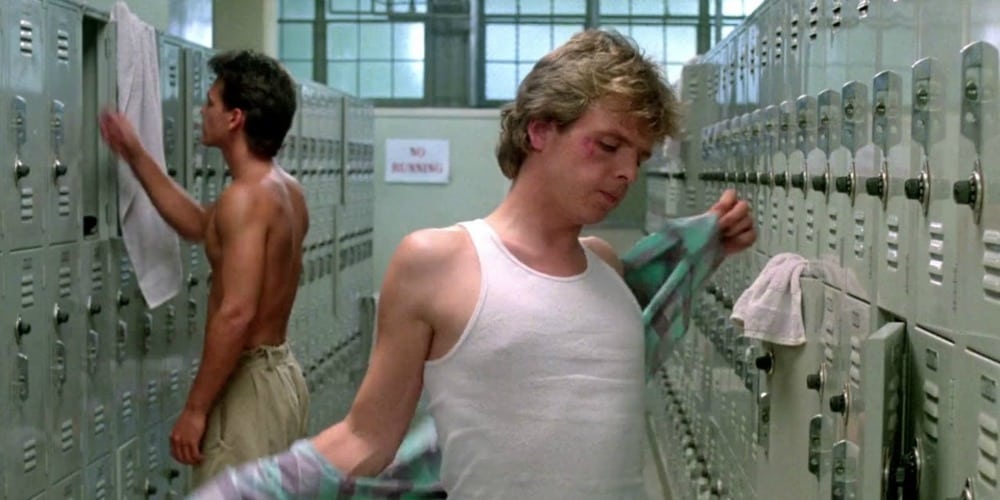
**Editor’s Note: Blood & Lust: The Homoerotic Legacy of Modern Horror is a continuation of iHorror’s Horror Pride Month celebrating the LGBTQ community and their contributions to the genre, this time by focusing on the homoerotic horror films and tropes that have helped shape modern horror.
Shirtless, well-built torsos, bromances that are just a little too close, and all that penetration. If we’ve seen it once, we’ve seen it a thousand times.
In fact, though the horror genre seems reticent to include actual gay male characters in horror films, they’ve never been above exploiting the elements of gay sexuality to keep audiences glued to the screen.
Some will tell you it’s always been there, and I’m inclined to agree when I watch films like the classic Bela Lugosi Dracula. The Count bending over Jonathan Harker in a possessive stance, guarding him from the female vampires and declaring, “The man is mine!” is pretty on the nose, for example.
Then there’s Dr. Pretorius’ possessiveness of Henry Frankenstein and his obvious disdain for the woman who came between them in Bride of Frankenstein.
Moments like these have peppered the genre for almost 90 years, but it wasn’t until the 1970s-80s that we began to see more overt examples. Unfortunately, we’ve also seen more and more examples of queerbaiting.
For those unfamiliar, queerbaiting is the practice of laying down subtle hints of a romantic/sexual relationship between two same-sex characters without ever actually depicting it. It’s used all too often to hook modern queer audiences into watching a film or television series by offering tasty little teasing morsels with no intention of following through.
It has been implied that the practice allows writers and filmmakers to include perceived queer relationships without getting caught up in the homophobic backlash of actual inclusion.
The poor things can’t handle gay-bashing and name-calling when it’s aimed at them, but continue to tantalize queer audiences who have to deal with the reality of those things in everyday life and expect us to be happy with whatever faux-representative crumbs they’re willing to brush off the table for us. I’m looking at you, “Supernatural.”
Ultimately, yes, we enjoy the homoerotic nature of these movies, even though some came at a time when one was just as likely to hear the word “fa**ot” following one of these scenes. At the end of the day, however, it’s 2018, and it’s time we stop playing around the edges of inclusion, and just write the characters in as gay to begin with rather than asking queer viewers to read between the lines to find themselves.
For the purpose of this article, I’ll be focusing on five homoerotic horror films specifically, but there are a whole host of them, and I’d love to hear your favorites in the comments!
By now, most of you reading are already thinking of A Nightmare on Elm Street 2: Freddy’s Revenge, aren’t you?
It is a prime example. As a matter of fact, it is perhaps the tarnished gold standard for these types of themes, and the perfect place to start.
1985–A Nightmare on Elm Street 2: Freddy’s Revenge
The first sequel to the original Wes Craven classic decided to go all out by introducing what many genre fans consider the first male “final girl.”
From the very beginning of the film, when Jesse (Mark Patton) has his first run-in with Freddy Kreuger (Robert Englund), one can tell that this isn’t your standard horror fare. Freddy caresses Jesse’s lips with a bladed fingertip like a demented lover and tells him that they have important work to do.
Before long, Jesse finds himself as the object of the unwanted attentions of his deranged gym teacher in a scene where screenwriter David Chaskin left subtle implication behind and went balls out if you’ll pardon the pun. The young man takes refuge in what he discovers is a gay leather bar only to realize that the teacher is a regular patron and he gets hauled back to the school’s locker room for what would have almost certainly ended in brutal rape if Freddy hadn’t intervened.
And then there’s the relationship between Jesse and his friend, Ron Grady (Robert Rusler) which seems to go beyond the realm of a regular heterosexual friendship, even now in the era of accepted “bromances.”
One of the most talked about examples of this, of course, is when Jesse flees a party, and seeking refuge, heads to his friend’s house begging the almost naked and oh-so-sexy Grady to allow him to let him stay the night.
“Something is trying to get inside my body,” Jesse says.
“And you want to sleep with me…” Grady replies.
I mean, why not?
Much has come to light in the years since Freddy’s Revenge was released. Mark Patton, who has since come out as gay, has spoken frequently of Chaskin’s alleged treatment of him on screen and off while Chaskin has decried Patton’s performance for making the film “too gay” only to recant and say that he meant all along to include those gay themes in later interviews.
Either way, the film has been mentioned on every list of “gay horror films” for the last three decades, and though it was not the first, it is most assuredly the poster child for homoeroticism in the genre.
1987–The Lost Boys
I’m not sure why people don’t talk about the homoerotic undertones in this film as much as they do about Freddy’s Revenge.
Regardless, there’s a whole lot going on in the Joel Schumacher’s classic vampire film, and it all begins and ends with the relationship between the film’s protagonist, Michael (Jason Patric), and its blood-sucking antagonist David (Keifer Sutherland).
There has always been something intensely erotic in the relationship between vampire and prey, and that intensity is turned up to 11 as David’s obsession with turning Michael grows.
Sutherland is undoubtedly dangerous, but he is also mysterious and sensual, and his coven of, mostly, male vampires is equally so. Moreover, the female characters in the film, though quite beautiful, are secondary at best, fulfilling the role of victims and bait.
Still it returns over and over to Michael and David in a series of stares that last just a little too long, moments where they stand just a little too close, and dialogue so full of double entendre that it completely negates the hetero love scene in the film.
And let’s not forget that sexy sax player!
Undoubtedly, some of this was influenced by the film’s out gay director, but one has to wonder just how much.
The film set a precedent that has been imitated but never fully duplicated in films like The Forsaken.
1994: Interview with the Vampire
Speaking of vampires…
Based on the best-selling novel by Anne Rice, Interview with the Vampire tells the story of Louis (Brad Pitt), a centuries-old vampire who relates the story of his immortal life with his part-time companion and sire, Lestat de Lioncourt (Tom Cruise) to an unsuspecting reporter (Christian Slater).
Queer audiences latched onto Rice’s work early on, and even though she herself said she never initially intended that particular reading, she’s certainly embraced the following and given us plenty of stories we can relate to over the years.
It’s hard to deny the sexual chemistry between Lestat and Louis when director Neil Jordan put it so heavily on display, and later when Armand (Antonio Banderas) is added into the mix, that tension becomes downright explosive.
Despite the dysfunction of the relationship in the film, Louis and Lestat’s bond is eternal and they always come back to each other throughout the novels which, fingers crossed, will be played out more full in the upcoming TV adaptation of Rice’s Vampire Chronicles.
2000: American Psycho
American Psycho was a love it or hate it treatise on 80s era excessive materialism. There was also something entirely gay about it.
Watching the Adonis-like Christian Bale as Patrick Bateman showering, exercising, and admiring his exquisitely crafted physique, all while hearing the litany of his beauty and personal care routine drew in gay audiences like moths to a flame.
The fact that Bateman was crazy as a bag of cats did little to turn us off either. Nobody’s perfect, after all.
The thing to notice about the film American Psycho is this, however. Many of the traits that are prescribed to Bateman are the same that are stereotypically ascribed to gay men.
The vanity, the wardrobe, the love of Whitney Houston. It’s all there.
Then consider the time period.
The 80s were a terrifying time in the gay community with the onset of HIV/AIDS and the total lack of understanding about how the disease came into being. The decadence of the freedom of the late 70s ran headlong into a killer, and with his perfect body and murderous instincts, Bateman was the quintessential amalgam of both.
Homoerotic tension met internalized homophobia, however, in the pivotal scene when Bateman is thrown off balance by Luis (Matt Ross), a man he intended to kill over business cards, when Luis makes a sexual advance toward him.
Suddenly Bateman is unable to act, and he flees rather than face his impotence in the situation.
This is a man who has sex with countless woman and asserts his dominance by killing some of them without batting an eyelash. The fact that he’s rendered helpless by an admittedly effeminate gay man speaks volumes about Bateman, but also to the toxic masculinity which pervades society to this day.
2006: The Covenant
Steven Strait, Sebastian Stan, Taylor Kitsch, Chace Crawford, and Toby Hemingway…all of them…in tiny, tiny little swimsuits. You’re welcome.
The male answer to The Craft, this film never quite reached the status of its female counterpart but it is rife with homoerotic tension from beginning to end with lots of hot young male witches flexing their muscles and comparing the size of their…powers.
In many ways, the film owes a lot of its style and format to an indie franchise by David DeCoteau called The Brotherhood.
Like DeCoteau’s films, The Covenant had the lightest of plots filled in with really hot nearly naked men, and yet, perhaps because they are the antithesis of the stereotypical topless and hyper-sexualized women we’re generally given in horror films, both have developed their own cult following and both have been a part of my guilty pleasures collections since their release.
In the film, the young men struggle as they come in to the full realization of their powers and the consequences (rapid aging) of losing them, and the final battle ultimately comes down to one young man asking the other young man for consent.
Yes, there’s more to it than that, but you get the picture.
So, where do we go from here? Obviously there is an audience for films with these themes, but isn’t it time for the legacy to change?
Be they monsters, villains, or helpless victims, there is a place for gay male characters in the genre, and it’s time we begin a new chapter of representation.
'Civil War' Review: Is It Worth Watching?
Follow our new YouTube channel "Mysteries and Movies" here.

Movies
‘Evil Dead’ Film Franchise Getting TWO New Installments
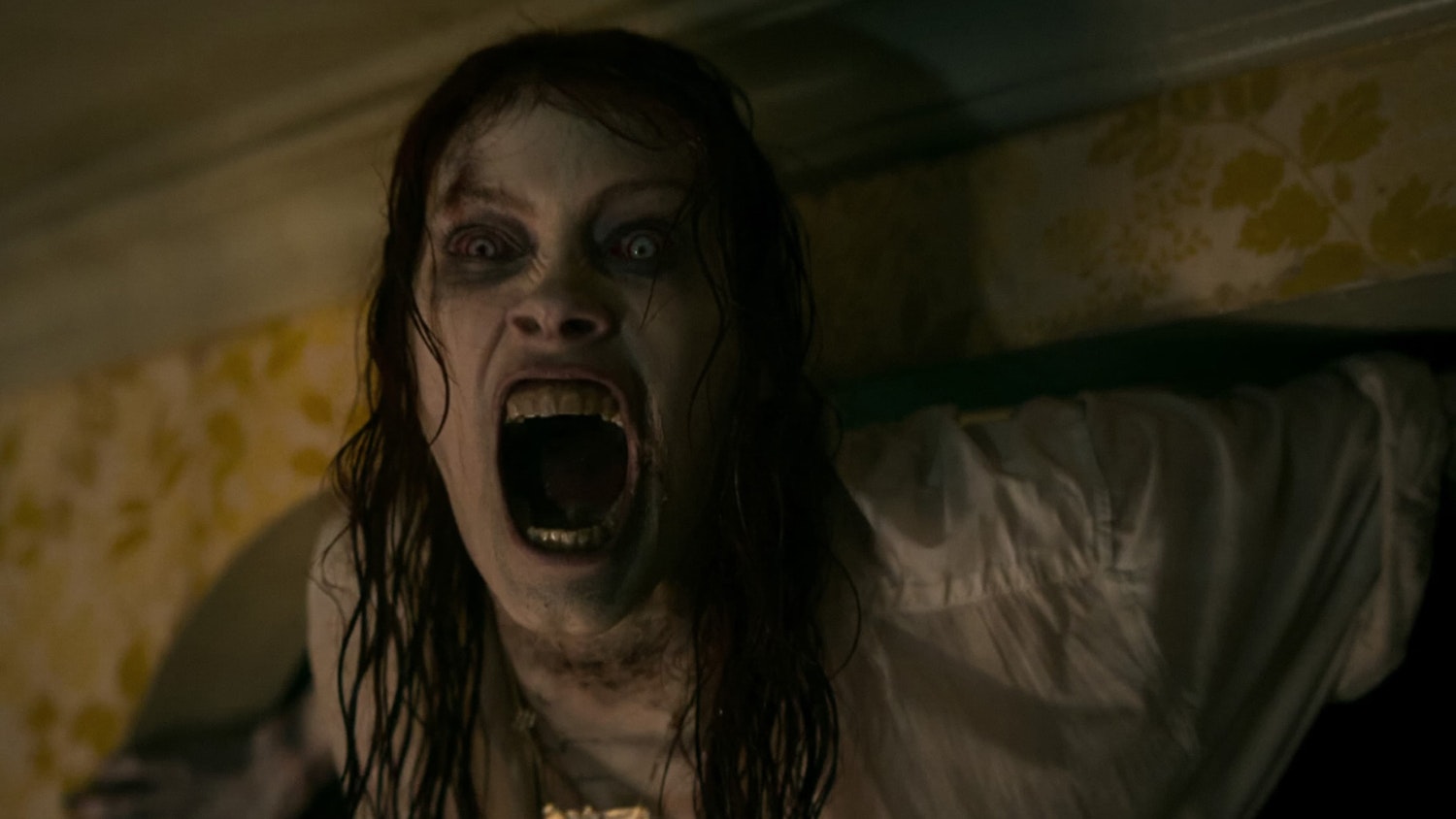
It was a risk for Fede Alvarez to reboot Sam Raimi’s horror classic The Evil Dead in 2013, but that risk paid off and so did its spiritual sequel Evil Dead Rise in 2023. Now Deadline is reporting that the series is getting, not one, but two fresh entries.
We already knew about the Sébastien Vaniček upcoming film that delves into the Deadite universe and should be a proper sequel to the latest film, but we are broadsided that Francis Galluppi and Ghost House Pictures are doing a one-off project set in Raimi’s universe based off of an idea that Galluppi pitched to Raimi himself. That concept is being kept under wraps.

“Francis Galluppi is a storyteller who knows when to keep us waiting in simmering tension and when to hit us with explosive violence,” Raimi told Deadline. “He is a director that shows uncommon control in his feature debut.”
That feature is titled The Last Stop In Yuma County which will release theatrically in the United States on May 4. It follows a traveling salesman, “stranded at a rural Arizona rest stop,” and “is thrust into a dire hostage situation by the arrival of two bank robbers with no qualms about using cruelty-or cold, hard steel-to protect their bloodstained fortune.”
Galluppi is an award-winning sci-fi/horror shorts director whose acclaimed works include High Desert Hell and The Gemini Project. You can view the full edit of High Desert Hell and the teaser for Gemini below:
'Civil War' Review: Is It Worth Watching?
Follow our new YouTube channel "Mysteries and Movies" here.
Movies
‘Invisible Man 2’ Is “Closer Than Its Ever Been” to Happening

Elisabeth Moss in a very well-thought-out statement said in an interview for Happy Sad Confused that even though there have been some logistical issues for doing Invisible Man 2 there is hope on the horizon.
Podcast host Josh Horowitz asked about the follow-up and if Moss and director Leigh Whannell were any closer to cracking a solution to getting it made. “We are closer than we have ever been to cracking it,” said Moss with a huge grin. You can see her reaction at the 35:52 mark in the below video.
Whannell is currently in New Zealand filming another monster movie for Universal, Wolf Man, which might be the spark that ignites Universal’s troubled Dark Universe concept which hasn’t gained any momentum since Tom Cruise’s failed attempt at resurrecting The Mummy.
Also, in the podcast video, Moss says she is not in the Wolf Man film so any speculation that it’s a crossover project is left in the air.
Meanwhile, Universal Studios is in the middle of constructing a year-round haunt house in Las Vegas which will showcase some of their classic cinematic monsters. Depending on attendance, this could be the boost the studio needs to get audiences interested in their creature IPs once more and to get more films made based on them.
The Las Vegas project is set to open in 2025, coinciding with their new proper theme park in Orlando called Epic Universe.
'Civil War' Review: Is It Worth Watching?
Follow our new YouTube channel "Mysteries and Movies" here.
News
Jake Gyllenhaal’s Thriller ‘Presumed Innocent’ Series Gets Early Release Date
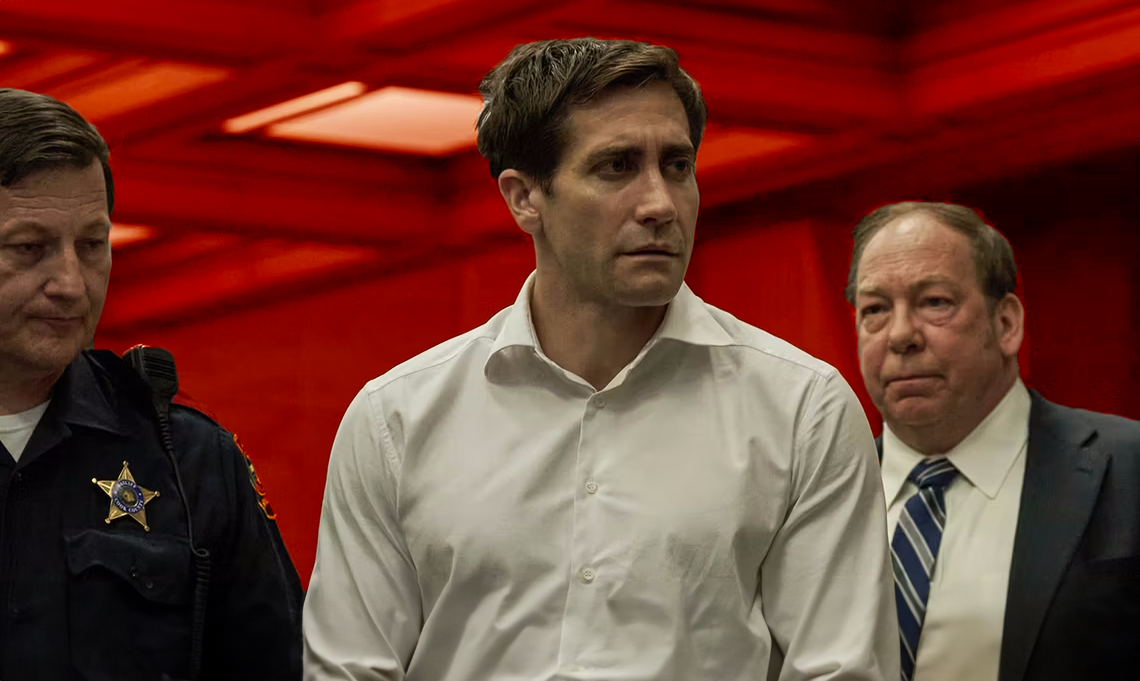
Jake Gyllenhaal’s limited series Presumed Innocent is dropping on AppleTV+ on June 12 instead of June 14 as originally planned. The star, whose Road House reboot has brought mixed reviews on Amazon Prime, is embracing the small screen for the first time since his appearance on Homicide: Life on the Street in 1994.
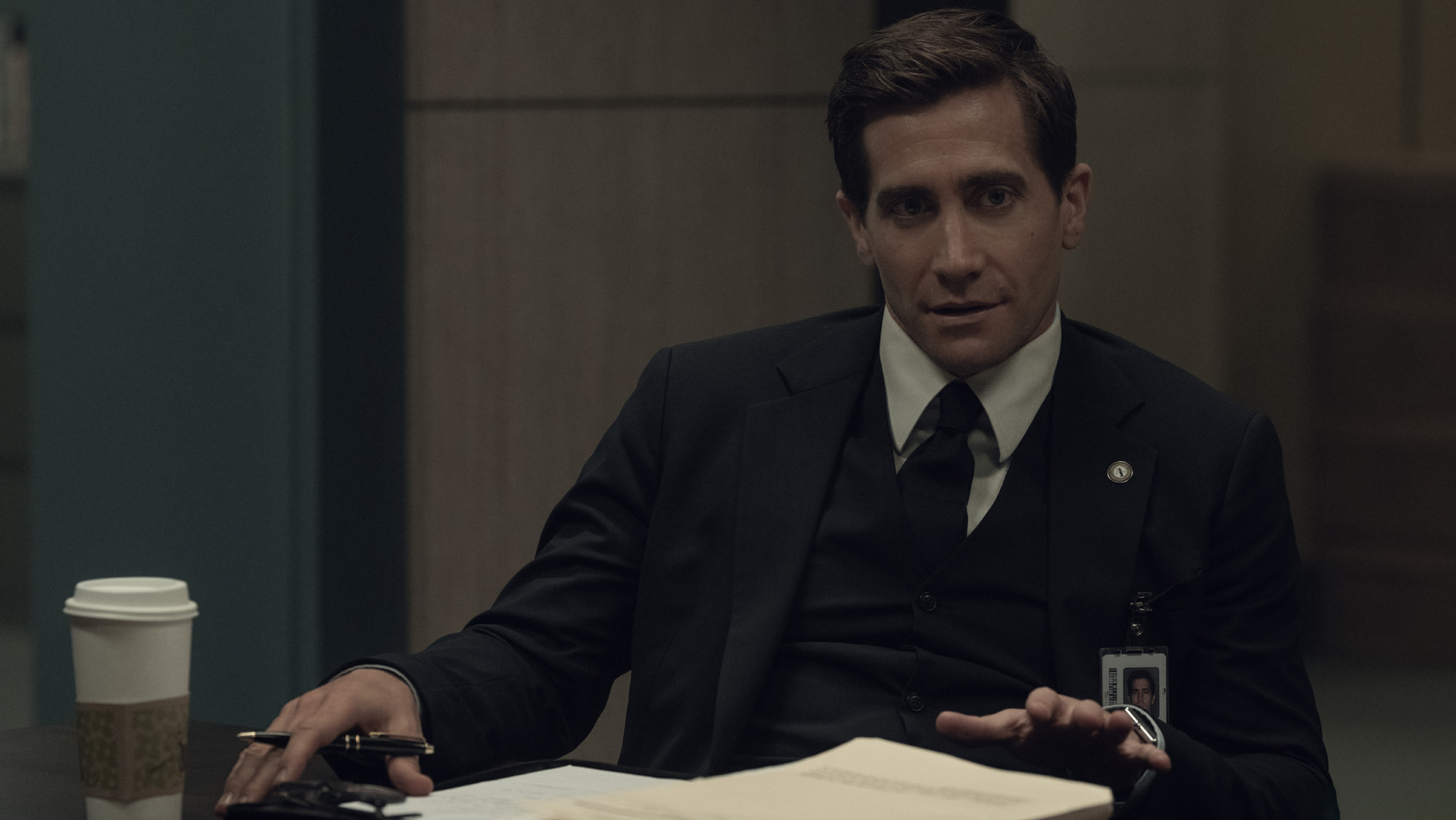
Presumed Innocent is being produced by David E. Kelley, J.J. Abrams’ Bad Robot, and Warner Bros. It is an adaptation of Scott Turow’s 1990 film in which Harrison Ford plays a lawyer doing double duty as an investigator looking for the murderer of his colleague.
These types of sexy thrillers were popular in the ’90s and usually contained twist endings. Here’s the trailer for the original:
According to Deadline, Presumed Innocent doesn’t stray far from the source material: “…the Presumed Innocent series will explore obsession, sex, politics and the power and limits of love as the accused fights to hold his family and marriage together.”
Up next for Gyllenhaal is the Guy Ritchie action movie titled In the Grey scheduled for release in January 2025.
Presumed Innocent is an eight-episode limited series set to stream on AppleTV+ starting June 12.
'Civil War' Review: Is It Worth Watching?
Follow our new YouTube channel "Mysteries and Movies" here.
-

 News5 days ago
News5 days agoOriginal Blair Witch Cast Ask Lionsgate for Retroactive Residuals in Light of New Film
-
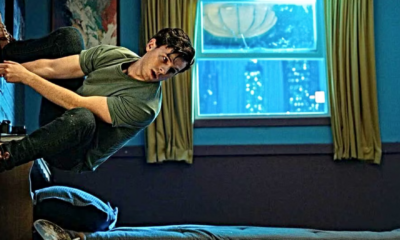
 Movies6 days ago
Movies6 days agoSpider-Man With a Cronenberg Twist in This Fan-Made Short
-
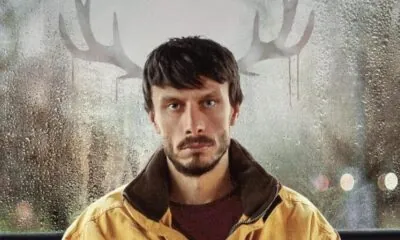
 News3 days ago
News3 days agoPerhaps the Scariest, Most Disturbing Series of The Year
-

 Movies4 days ago
Movies4 days agoNew F-Bomb Laden ‘Deadpool & Wolverine’ Trailer: Bloody Buddy Movie
-

 News4 days ago
News4 days agoRussell Crowe To Star in Another Exorcism Movie & It’s Not a Sequel
-

 Movies4 days ago
Movies4 days ago‘Founders Day’ Finally Getting a Digital Release
-
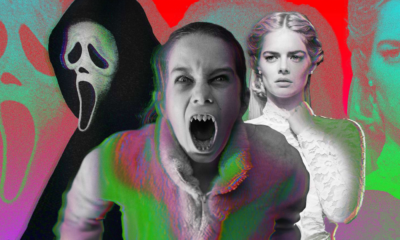
 Lists3 days ago
Lists3 days agoThrills and Chills: Ranking ‘Radio Silence’ Films from Bloody Brilliant to Just Bloody
-
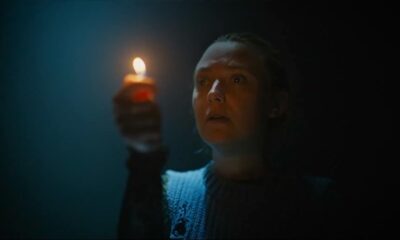
 Movies4 days ago
Movies4 days agoNew ‘The Watchers’ Trailer Adds More to the Mystery
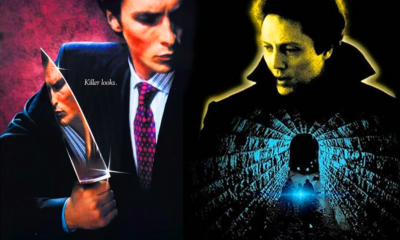



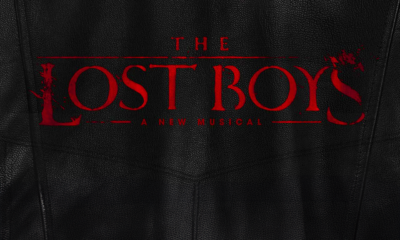
























You must be logged in to post a comment Login